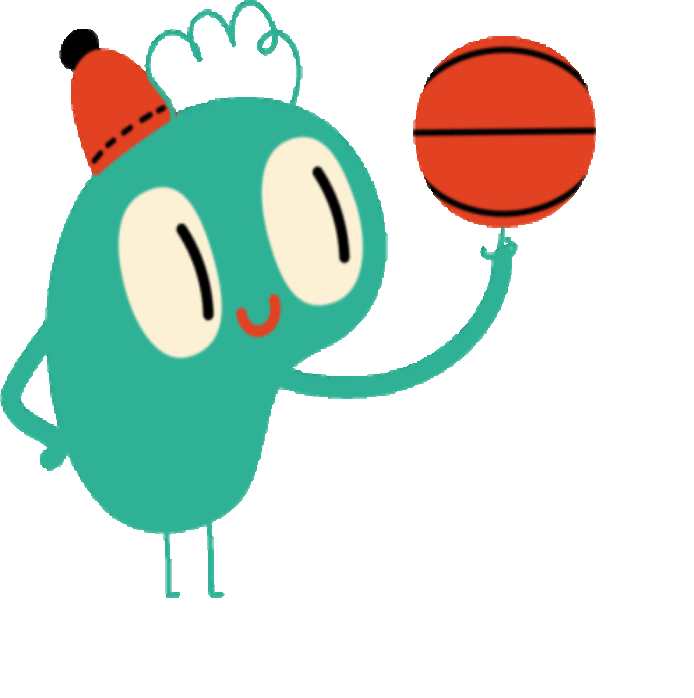Unessay project ideas are a great way for students to learn and express themselves in a creative way. They allow students to explore topics that they are passionate about and to share their findings with others. Unlike traditional essays, unessay projects do not have to follow a specific structure or format. Instead, students are free to use their imaginations and to create projects that are unique and personal to them. This can be a great way for students to develop their critical thinking skills, their creativity, and their communication skills.
There are many different types of unessay projects that students can create. Some popular options include:
Examples of Unessay Projects
Here are some examples of “unessay project ideas” including some example ideas that can inspire your own creative approach:
- Dioramas – Create a 3D representation of a scene or event.
- Documentaries – Film a short documentary about something you’re passionate about.
- Exhibits – Set up an exhibit on a topic of your choice, complete with visuals and explanations.
- Games – Design a board game, card game, or video game based on a topic you’re interested in.
- Performances – Write and perform a play, dance, or song that conveys a message or explores a theme.
- Portfolios – Compile a collection of your work on a particular topic or in a particular medium.
- Proposals – Write a proposal for a project or initiative that you would like to see implemented.
- Research projects – Conduct research on a topic of your choice and present your findings in a creative way.
- Websites – Create a website on a topic of your choice, complete with text, images, and multimedia.
- Zines – Design and publish a zine on a topic of your choice, complete with articles, interviews, and artwork.
Tips for Creating an Unessay Project
Here are some tips for creating a successful unessay project:
1. Choose a topic that you are passionate about. When you are passionate about a topic, it will be easier to come up with creative ideas and to stay motivated throughout the project.
2. Be creative and original. Unessay projects are a great opportunity to express yourself in a unique way. Don’t be afraid to experiment with different formats and mediums.
3. Plan ahead. Before you start working on your project, take some time to plan out what you want to do. This will help you to stay organized and to avoid wasting time.
4. Get feedback from others. Once you have a draft of your project, get feedback from others. This can help you to identify areas that need improvement.
5. Revise and edit. Once you have received feedback, take some time to revise and edit your project. This will help you to make sure that it is polished and well-written.
Frequently Asked Questions about Unessay Projects
Here are some frequently asked questions about unessay projects:
1. What is the difference between an essay and an unessay?
An essay is a formal piece of writing that follows a specific structure and format. An unessay, on the other hand, is a more creative and personal piece of writing that does not have to follow any specific rules.
2. What are the benefits of doing an unessay project?
Unessay projects can help students to develop their critical thinking skills, their creativity, and their communication skills. They can also be a great way for students to explore topics that they are passionate about.
3. What are some tips for creating a successful unessay project?
Some tips for creating a successful unessay project include choosing a topic that you are passionate about, being creative and original, planning ahead, getting feedback from others, and revising and editing.
4. How can I find more information about unessay projects?
There are many resources available online and in libraries that can provide more information about unessay projects. You can also talk to your teacher or professor for more guidance.
Unessay projects can be a great way for students to learn and express themselves in a creative way. By following the tips above, students can create successful unessay projects that will impress their teachers and peers.
Youtube Video:

